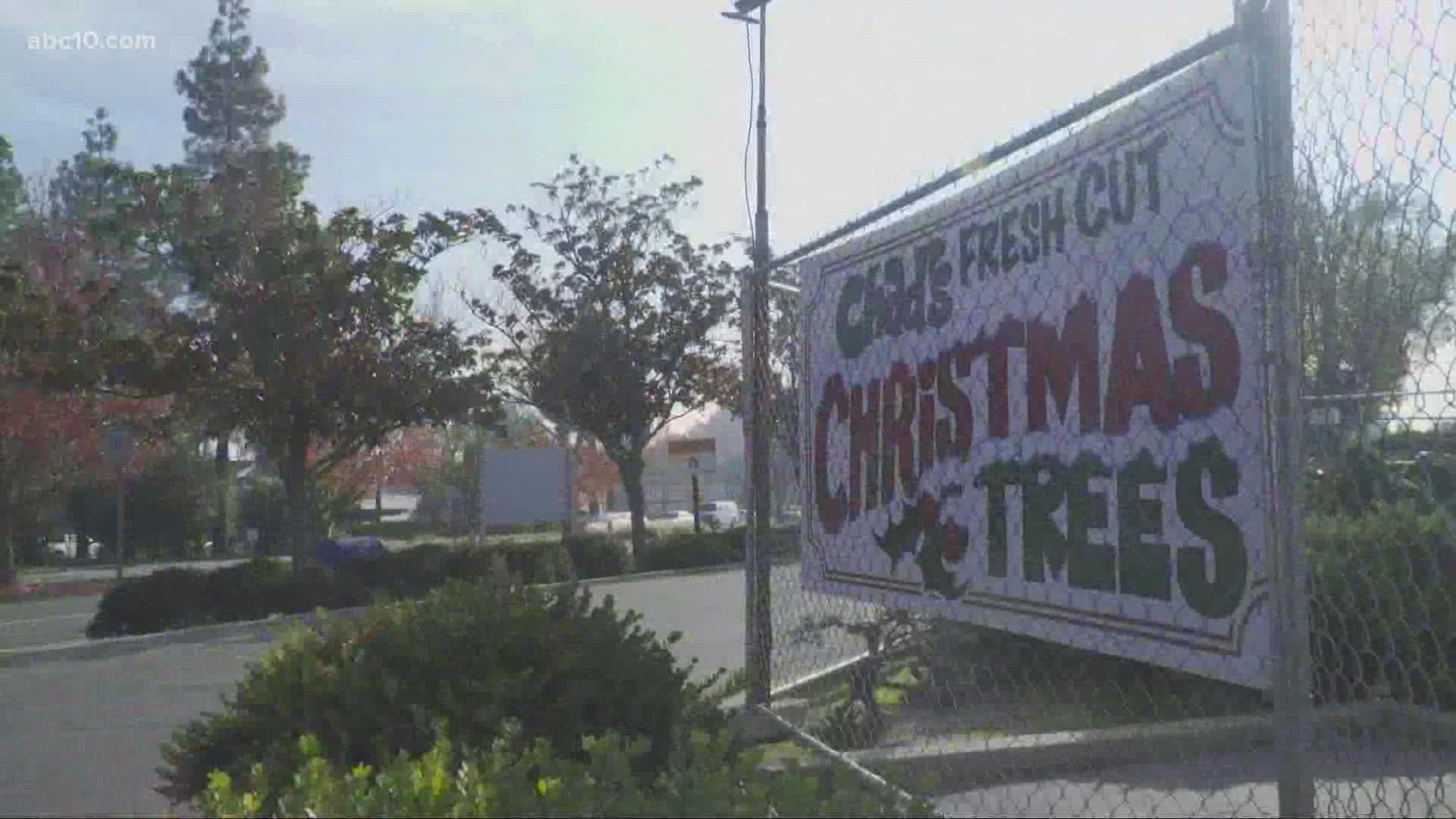DAVIS, Calif. — During a UC Davis panel discussion on Thursday covering the state's unique supply and labor shortage, international trade expert and professor Kadee Russ said high demand for goods rather than services is fueling the disproportionate supply chain.
"There are some issues still persisting from the beginning of the pandemic, like sporadic shutdowns and reduced capacity of factories due to pandemic related reasons," Russ said.
Factories and other labor-industry businesses sent workers home, but the same pandemic precautions sent millions of other people around the country home, as well. Coupled with the ongoing labor shortage facing many industries, the shift toward paying for more goods and needing less services is causing supply delays to keep dragging out.
Nonetheless, Russ describes the present supply chain shortage as more "idiosyncratic" than the broader shortage at the start of the pandemic.
"I mean we all remember shelves empty of key goods," Russ said. "Occasionally, we do see critical goods like certain medical supplies affected and that could be serious, but for the most part, these shortages are not this sweeping phenomena like we saw at the beginning of the pandemic with the big lockdowns."
Agricultural and resource economics professor Dan Sumner said gas prices have jumped the highest in terms of goods — which means major consequences for farmers using fertilizer made by natural gas. But even once it's time to reap the crop and export it to out-of-state customers, shipping containers are also short on supply.
According to Russ, shipping time from China to the U.S. averages 40 days, but this fall saw a peak wait time of 73 days.
"Empty containers normally filled with California products end up rushing back to Asia empty so they could begin the cycle again," Sumner said. "It backs up the inventory."
The largely demand-driven supply chain issues are expected to continue until at least the first half of 2022, Russ said. But as long as the threat of pandemic shut downs continue looming over the markets, "we're going to be plagued by these sporadic shortages."

